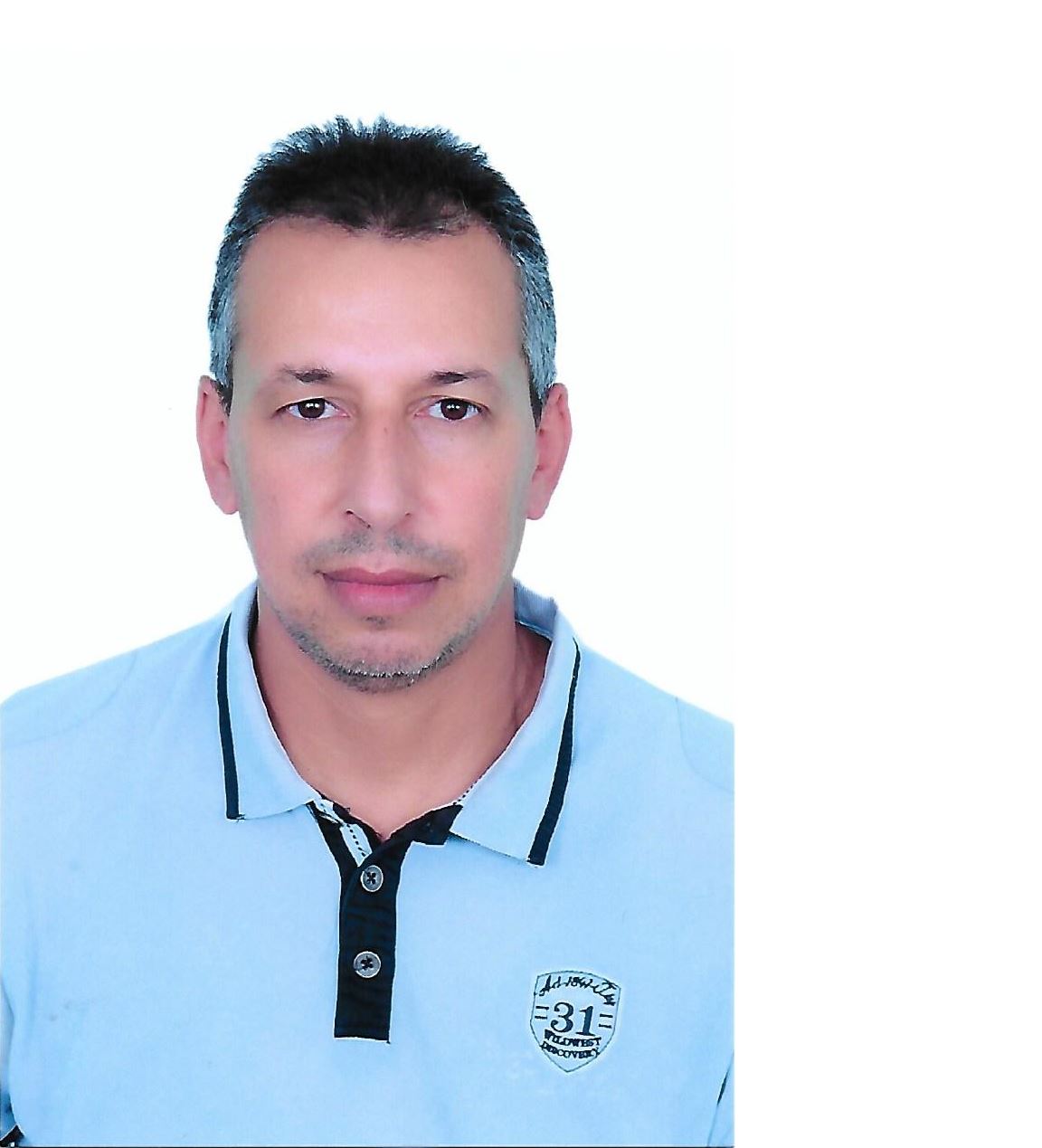Pore Structure and Fractal Characteristics in Unconventional Oil and Gas Reservoirs
A special issue of Fractal and Fractional (ISSN 2504-3110). This special issue belongs to the section "Complexity".
Deadline for manuscript submissions: 30 November 2024 | Viewed by 433
Special Issue Editors
Interests: porous materials; micropolar and fractal materials; fractional calculus; ultrasonic and low frequency characterization; acoustic propagation; vibroacoustic; alloys; direct and inverse problem solving; optimization
Special Issues, Collections and Topics in MDPI journals
2. Laboratory of Reservoir Microstructure Evolution and Digital Characterization, Yangtze University, Wuhan 430100, China
Interests: pore structure; pore heterogeneity; complexity; fractal characteristics
Special Issue Information
Dear Colleagues,
Fractals possess self-similar patterns repeated at different scales and spatially. Many applications have been found for fractals, not only because of their beauty, which has itself received attention, but also because their governing rules simplify complex features in nature. The length and volume of a fractal are related to its characteristic size. Researchers have used fractals to model transport properties of porous media. There has been a growing interest in using fractals for understanding the transport properties of tight formations. Researchers have employed fractals to capture the heterogeneity of stimulated volume, complex geometries of fractures, and change in apparent and relative permeabilities. Fractals have found applications in analyzing the topology of the pore space. Researchers have used fractals to model transport properties of porous media. There has been a growing interest in using fractals for understanding the transport properties of tight formations. The pore structure and their fractal characteristics can have a significant effect on the spatial distributions of the wetting and nonwetting phases, occurrence, enrichment, and flow migration of unconventional oil and gas, which play a significant role in the theoretical research and exploration and development deployment of unconventional oil and gas resources.
In this Special Issue “Pore Structure and Fractal Characteristics in Unconventional Oil and Gas Reservoirs", we would like to solicit your innovative ideas and work regarding the investigation and application of fractal dimensions in geological and geophysical science in the form of original articles. In addition, your study could focus on any aspect of geological and geophysical science, such as geological and geophysical material properties, numerical analysis, experimental and theoretical verifications, etc. The purpose of this Special Issue is to promote the deeper and wider investigation and application of fractal theory in fields of geological and geophysical science. The submitted manuscripts will be peer reviewed, and those accepted will be published in the open access journal Fractal and Fractional. The topics to be considered in this Special Issue include, but are not limited to, the following:
- Earth science;
- Microstructures of shale, tight sandstone and coal;
- Geotechnical engineering;
- Engineering geology;
- Granular aggregate properties;
- Modelling of cracking behavior;
- The impact of fractal characteristics on reservoirs;
- Fractal characteristics of fractures;
- Experimental and theoretical study.
Dr. Zine El Abiddine Fellah
Dr. Jizhen Zhang
Dr. Quanzhong Guan
Guest Editors
Manuscript Submission Information
Manuscripts should be submitted online at www.mdpi.com by registering and logging in to this website. Once you are registered, click here to go to the submission form. Manuscripts can be submitted until the deadline. All submissions that pass pre-check are peer-reviewed. Accepted papers will be published continuously in the journal (as soon as accepted) and will be listed together on the special issue website. Research articles, review articles as well as short communications are invited. For planned papers, a title and short abstract (about 100 words) can be sent to the Editorial Office for announcement on this website.
Submitted manuscripts should not have been published previously, nor be under consideration for publication elsewhere (except conference proceedings papers). All manuscripts are thoroughly refereed through a single-blind peer-review process. A guide for authors and other relevant information for submission of manuscripts is available on the Instructions for Authors page. Fractal and Fractional is an international peer-reviewed open access monthly journal published by MDPI.
Please visit the Instructions for Authors page before submitting a manuscript. The Article Processing Charge (APC) for publication in this open access journal is 2700 CHF (Swiss Francs). Submitted papers should be well formatted and use good English. Authors may use MDPI's English editing service prior to publication or during author revisions.
Keywords
- pore structure
- pore heterogeneity
- complexity
- fractal characteristics
- microstructures
- fractal cracks







